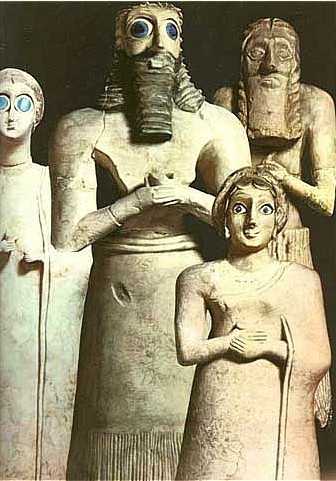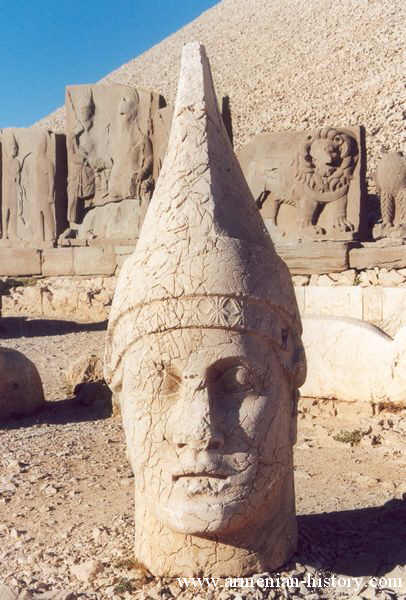Hello, everyone.
We began discussing all these topics in the The Rise of the Russian Empire: Russo-Armenian Relations thread which deals with geopolitical topics and therefore is not the proper place to discuss Arrata and Sumerians in it, so let's continue our discussion here.

We began discussing all these topics in the The Rise of the Russian Empire: Russo-Armenian Relations thread which deals with geopolitical topics and therefore is not the proper place to discuss Arrata and Sumerians in it, so let's continue our discussion here.



















Comment